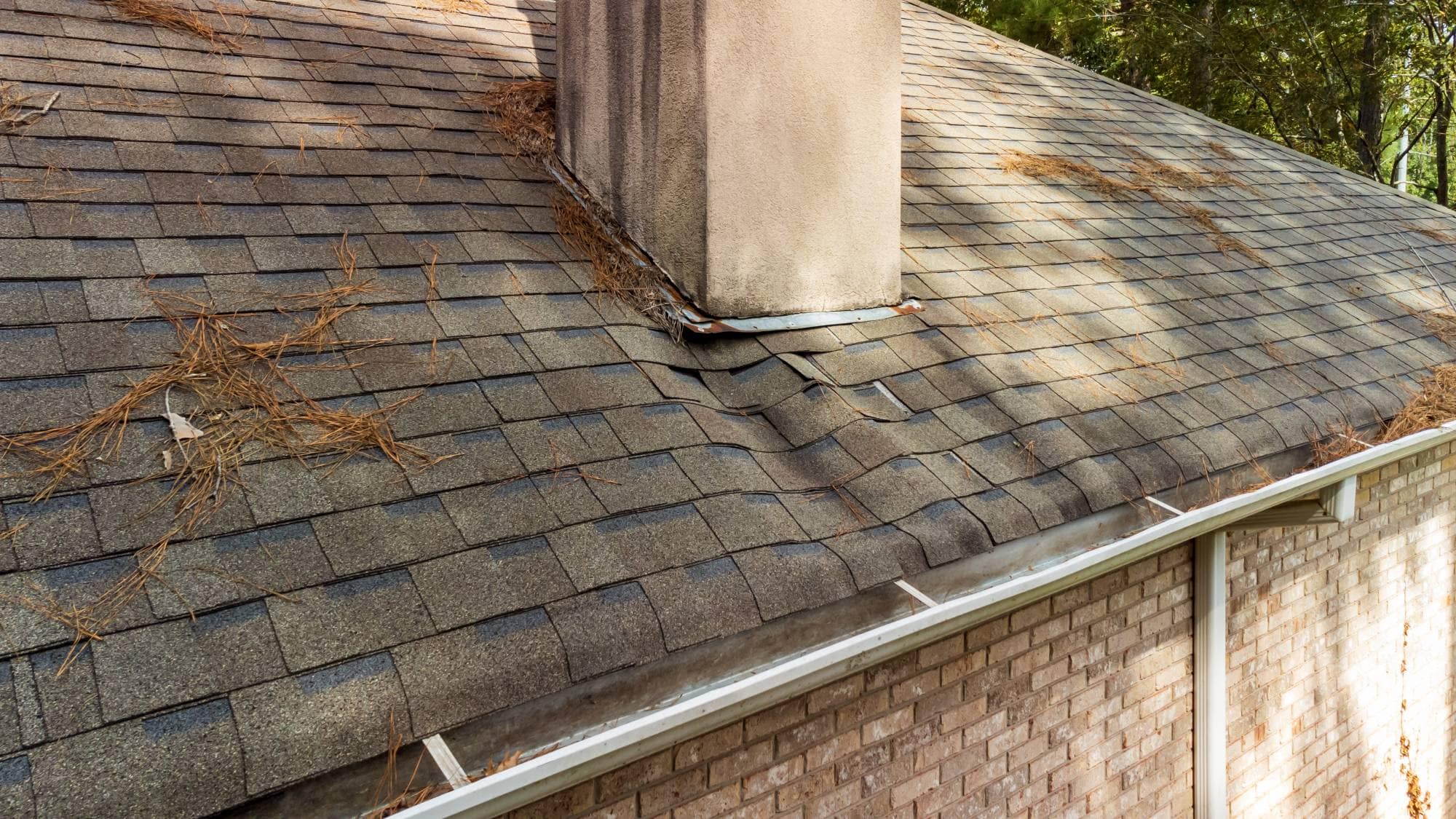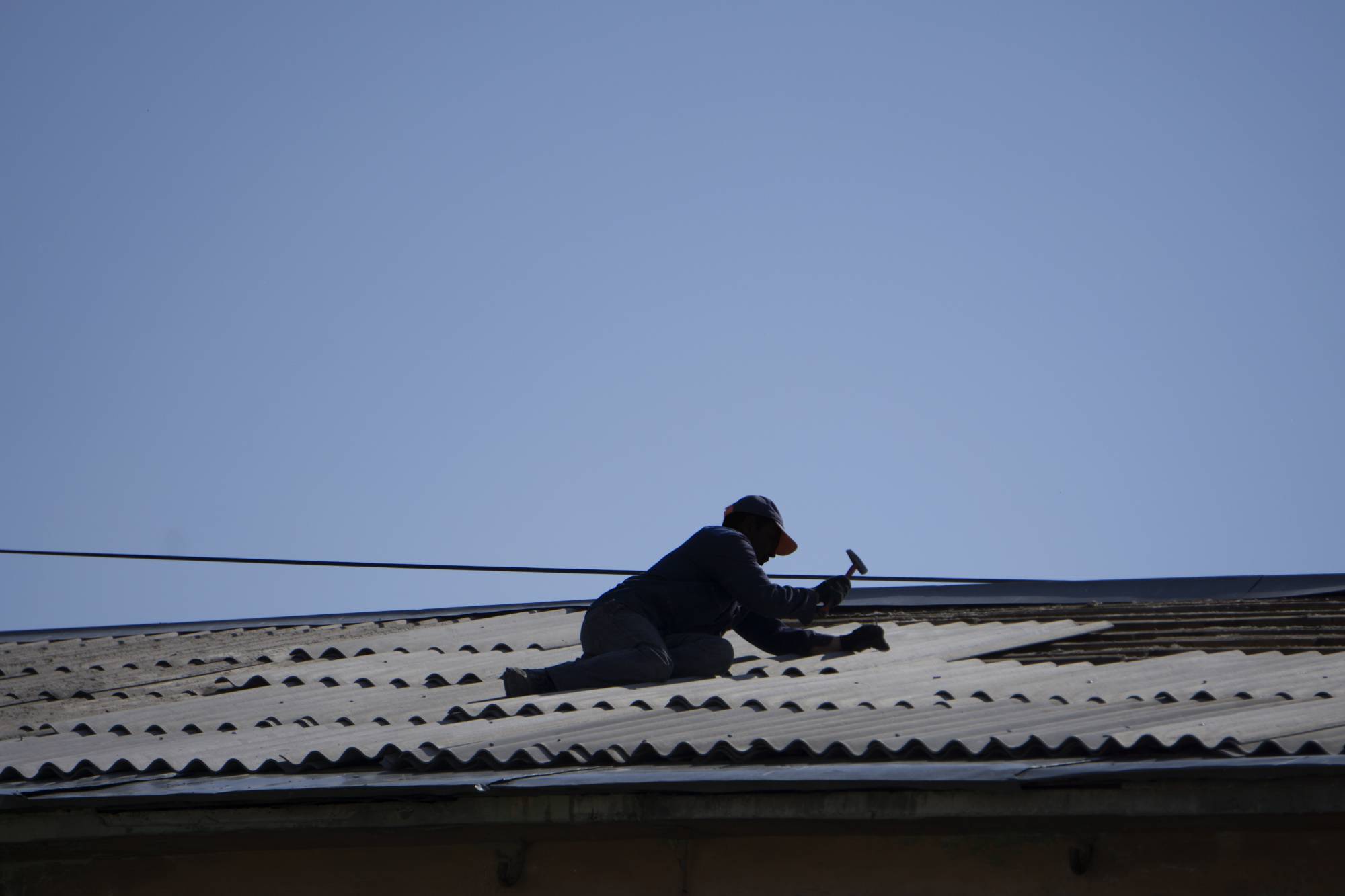Professional chimney leak repair that fixes the actual problem—not just the water stains you can see.

Hear from Our Customers

Water damage doesn’t announce itself. It starts small—a stain on your ceiling, dampness near the fireplace, maybe that musty smell you can’t quite place.
By the time you notice obvious signs, water has been working through your chimney for weeks or months. Weakening mortar joints. Creating perfect conditions for mold growth. In Smithfield’s coastal climate, where salt air accelerates masonry deterioration and freeze-thaw cycles turn hairline cracks into major problems, small chimney leaks become expensive structural damage fast.
Professional chimney leak repair stops water intrusion at its source. You get a completely dry home, protected structural integrity, and real peace of mind about your investment.
We’ve been fixing chimney leaks in Smithfield and throughout Providence County since 2000. Same core team. Same commitment to getting it right the first time.
We know exactly how Rhode Island’s coastal conditions affect your chimney. How salt air from Narragansett Bay corrodes flashing and deteriorates mortar faster than inland areas. Why standard repair materials fail here within two years. How Providence County’s specific freeze-thaw patterns create the types of crown cracks and masonry damage we see repeatedly.
Our CSIA-certified technicians aren’t just trained in general chimney repair—we understand the unique challenges Smithfield homeowners face every winter.

Every chimney leak repair starts with finding where water actually enters—not just where you see damage. These are often completely different locations.
We inspect your entire chimney system: crown, cap, flashing, mortar joints, and masonry. Looking for the exact entry point, whether it’s deteriorated step flashing, a cracked chimney crown, or porous brick absorbing water like a sponge. No assumptions. No guesswork.
Once we identify the source, you get a clear explanation of what’s wrong and exactly what needs to be done. Free estimate with straightforward pricing before any work begins.
The actual chimney leak repair depends on what we find. Damaged flashing gets properly sealed or completely replaced with materials designed for Rhode Island’s coastal environment. Chimney cap leaking issues get addressed with weatherproof sealants or new cap installation. Crown problems receive specialized concrete mixes that resist our freeze-thaw cycles.

Ready to get started?
Chimney leak repair in Smithfield requires understanding local conditions that most contractors miss. Providence County’s combination of coastal moisture and harsh winters creates specific failure patterns in chimney systems.
We handle the most common leak sources: damaged step flashing around the chimney base, cracked or deteriorated chimney crowns, failing mortar joints, and water-logged masonry. Each problem demands different repair approaches and materials to create lasting solutions.
Flashing leak repair might involve resealing gaps with marine-grade sealants or complete replacement with corrosion-resistant materials. Chimney cap leaking gets addressed through proper sealing techniques or cap replacement with designs that handle Smithfield’s wind-driven rain. Crown repairs range from specialized crack sealants to complete reconstruction using concrete mixes formulated for New England freeze-thaw cycles.
Every repair includes clear communication about what we found, why it failed, and what you can expect from the fix. No technical jargon. No overselling. Just honest expertise protecting your home.
